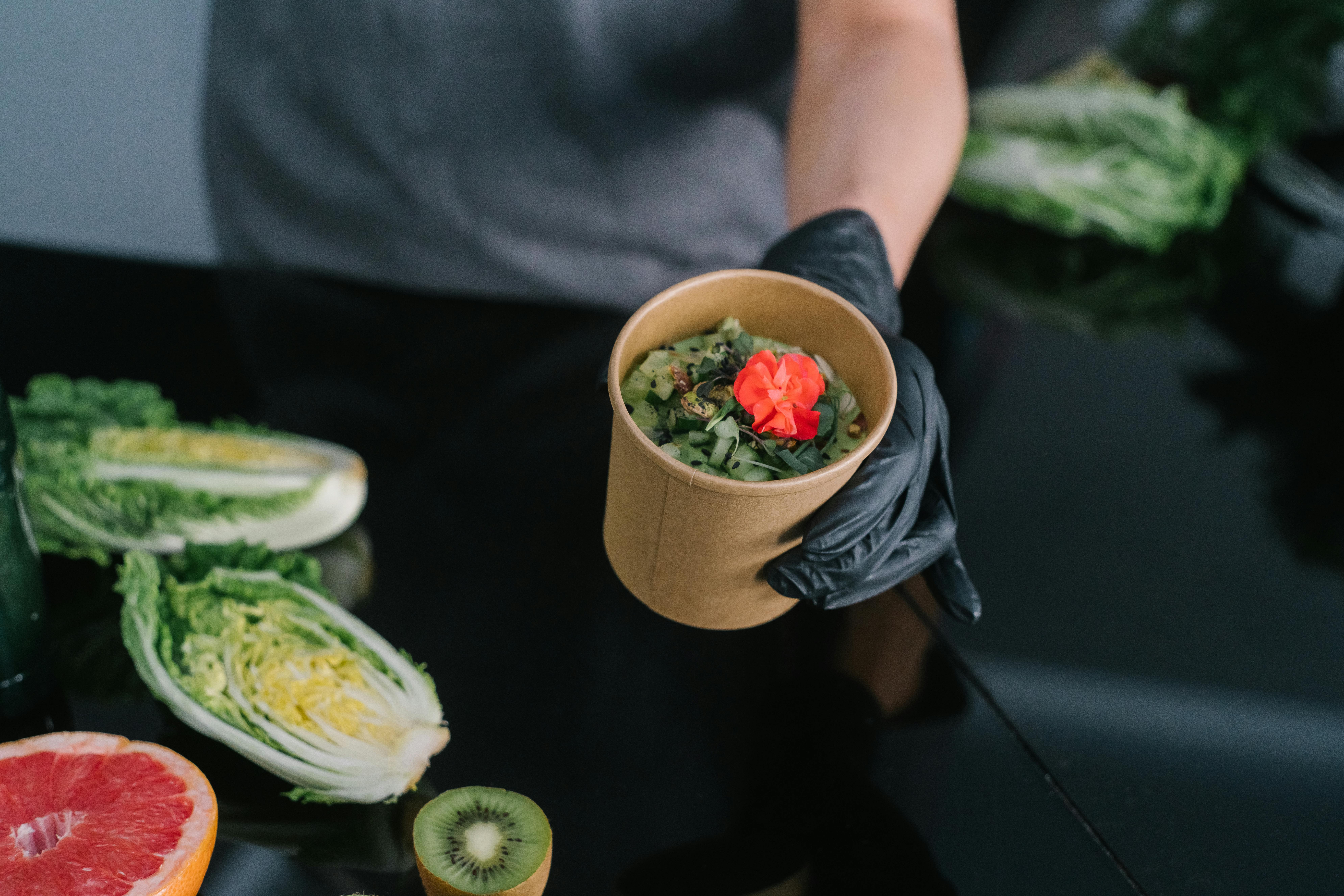
Trivia History and Party of the Teddies
The concept of stuffed animals is reflected in tomb paintings dating back a long time, to the civilizations of Ancient Egypt and Mesopotamia. Based on the paintings as they have been discovered and translated, it would appear that the stuffed animals served a purpose in religious ceremonies and rituals, in addition to being used for human play. Medieval Europe used stuffed animals in mystery plays to represent animals seen in Biblical stories. Stuffed animals were used to represent characters such as the serpent in the Garden of Eden or the lions in the story of Daniel in the lions’ den. These animal roles were a vital part of the story that could not be ignored, but neither could a human actor play them. Therefore, stuffed animals worked much better to fill the role.
Toys became a boom industry during the Industrial Revolution in Europe. Stuffed toys became increasingly popular with the population and the Steiff Corporation of Germany quickly became the industry leader. However, not all stuffed animals are always made by the mechanized industry and a large number of samples of stuffed animals made in a more homemade genre have been found with fillings filled with straw, cotton, wadding, rags and even beans. Some stuffed animals have even been found to have been made from the skins of hunted animals, but whether these were animals that were made to be used as toys or were used to become display items that would be more of a use case is unclear. taxidermy, not necessarily a toy.
Among the most popular stuffed animals, the teddy bear and the sock monkey are almost always at the top of the list. Both have been in production since the early 1900s, while there is evidence that sock monkeys may have been popular much earlier, though not in formal production. Today soft toys and stuffed animals are still popular. In recent years, the Ty Company brought something of a renaissance to the stuffed animal market with its Beanie Baby line. Animal lovers, children, and collectors from countries around the world bought as many stuffed animals as the Ty Company could produce, including plush versions of lizards, dinosaurs, unicorns, and goldfish along with the standard animal patterns of bears, cats, dogs, rabbits, etc. Today literally hundreds, if not thousands, of companies produce stuffed animals for sale around the world.